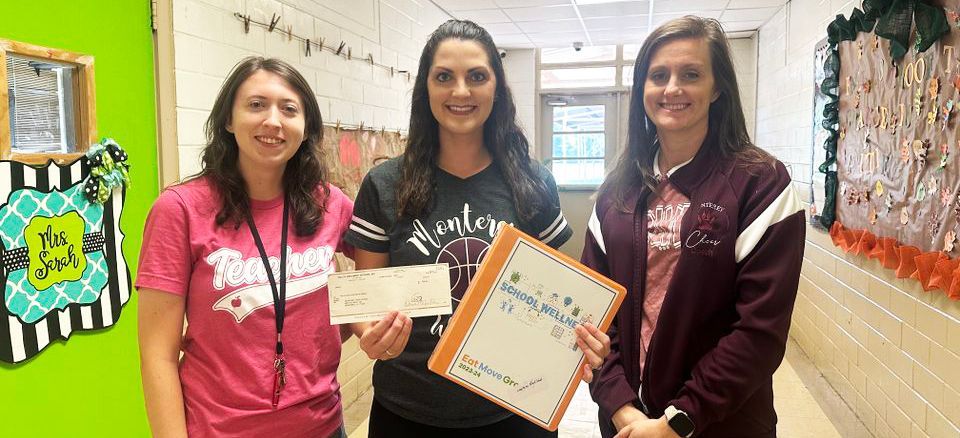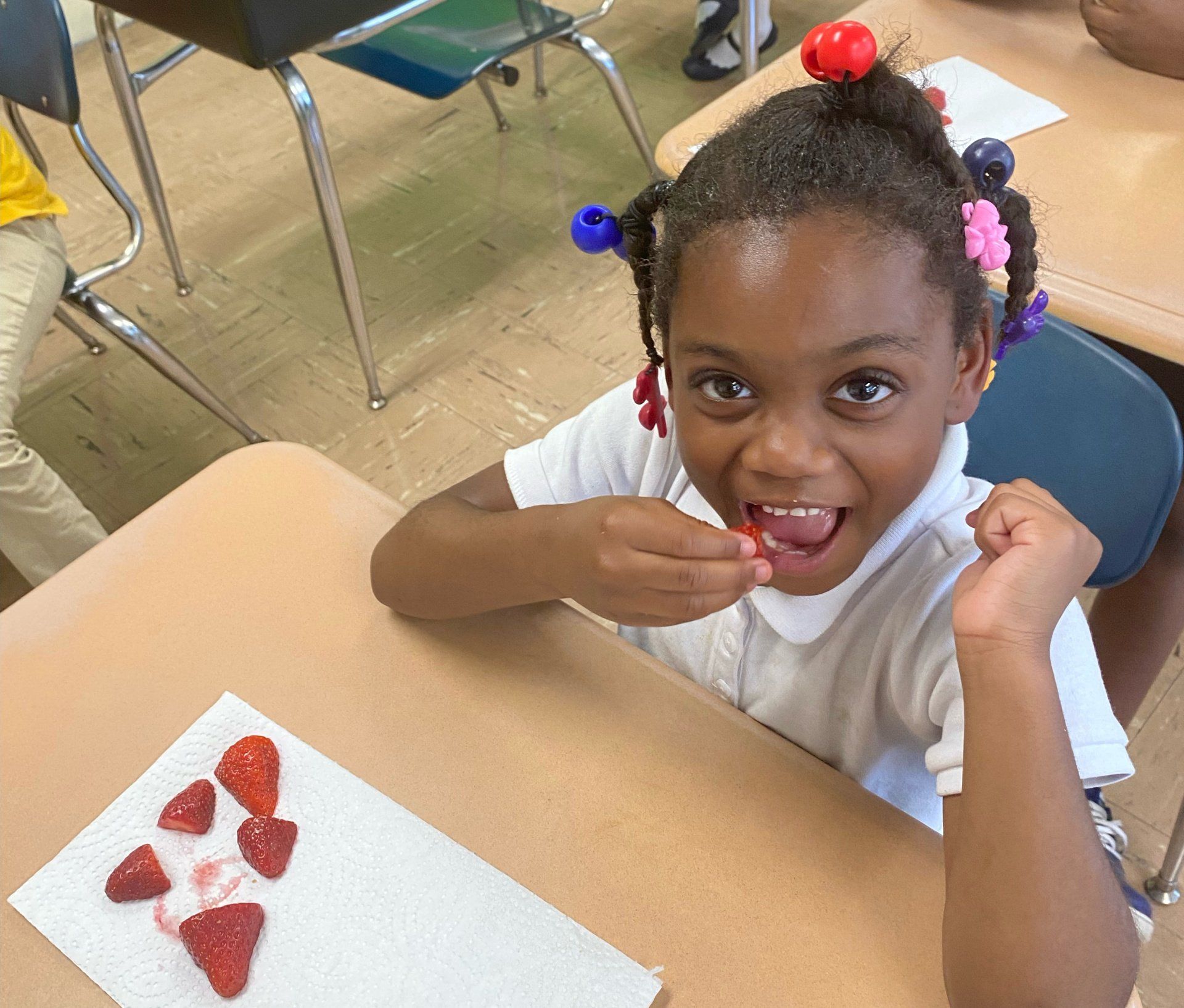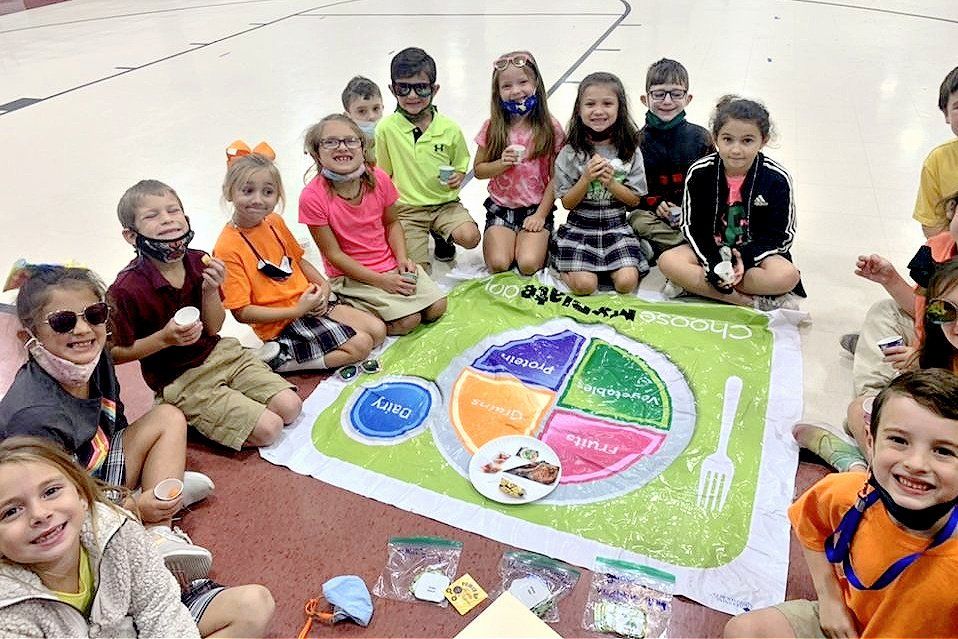Evidence-based strategies and real school stories showing how wellness committees transform student health.

Across EatMoveGrow schools, School Wellness Committees (SWCs) are turning evidence-based strategies into real, measurable improvements in student health and school culture. These committees bring together teachers, administrators, food service staff, parents, and community members to plan, implement, and monitor changes that make the healthy choice the easy choice.
Why SWCs Work
Research shows that schools with active wellness committees are more likely to adopt and sustain policies and practices that support healthy eating, physical activity, and overall wellness. The CDC’s Whole School, Whole Community, Whole Child (WSCC) framework recognizes SWCs as a best practice because they:
- Build accountability and shared ownership
- Align school policies with federal nutrition standards and physical activity guidelines
- Encourage consistent messaging about health across the school day
- Provide a structure for using data, such as the School Health Index (SHI), to guide decisions
For EMG schools, the School Health Index is the foundation. Committees review the results, identify priority areas, and create action plans that are both realistic and impactful. EMG supports this work with funding through School Wellness Awards, ensuring schools have the resources to make their plans a reality.
2024–25 By the Numbers
- 43 schools completed the SHI (84% of EMG schools)
- $42,000 awarded in School Wellness Award funds
- Nearly 400 healthy action items implemented
- 23 schools developed or expanded gardens (43% of EMG schools now have one)
- 45 schools hosted nutrition events promoting healthy choices
- 11 schools provided nutrition staff development
Spotlights on Success
Glencoe Charter School – Maximizing Physical Activity
In their first year with EMG, the SWC discovered that students averaged only about seven minutes of vigorous activity during PE. They restructured the schedule from 25-minute daily classes to 50-minute classes every other day, giving students a full block to raise heart rates and improve fitness.
“It’s amazing to see the difference just a small schedule change can make. Students are more active, more engaged, and ready to learn when they come back to class.” – Abbie Hebert, EMG Contact
Hattie Watts Elementary – Creative Family Engagement
Family involvement was a challenging goal, so the SWC tried something new: a block party held offsite from the school. The change in venue and the festive, community-centered approach drew more families and boosted participation in wellness activities.
“Moving our event off campus made it feel like a community celebration, not just a school event. The energy and turnout were incredible.” – Hattie Watts SWC Member
James Stephens Montessori – Fundraising That Reflects School Values
The SWC replaced cookie dough sales with a Color Run, generating similar revenue while promoting physical activity. They also launched their first school garden and replaced the traditional snack cart with a SMART Cart offering healthier options.
“The Color Run got everyone moving and laughing—and it funded our programs just as well as our old fundraiser. Plus, our new garden and SMART Cart are giving kids healthy choices every day.” – James Stephens Montessori SWC Member






